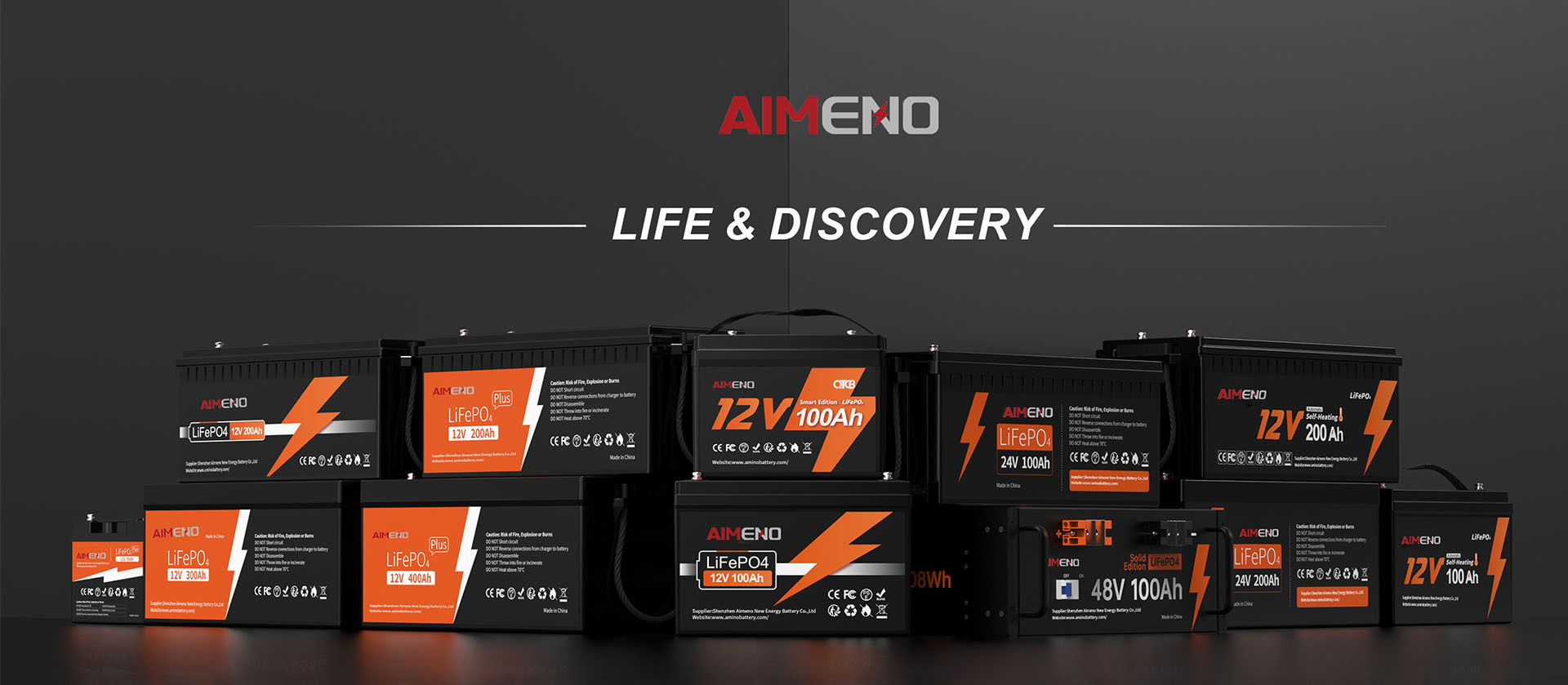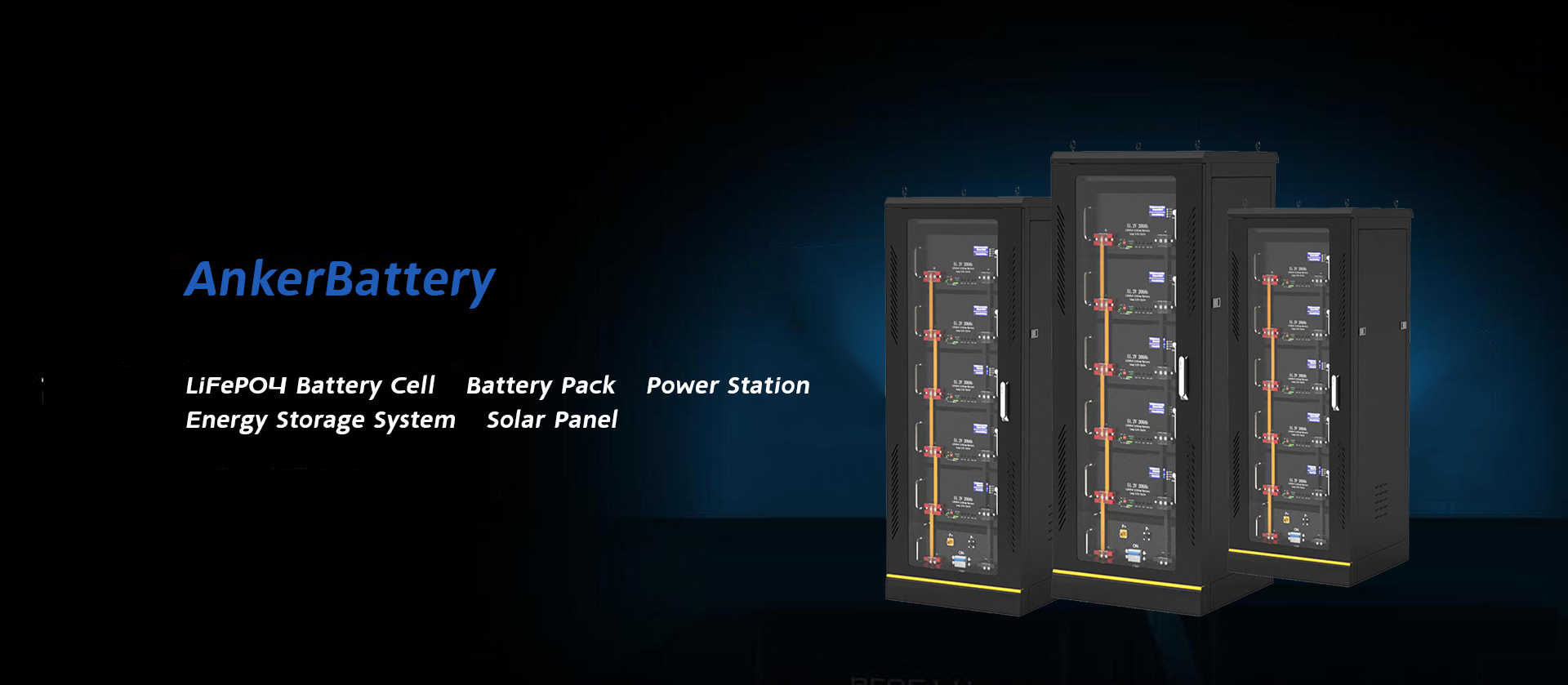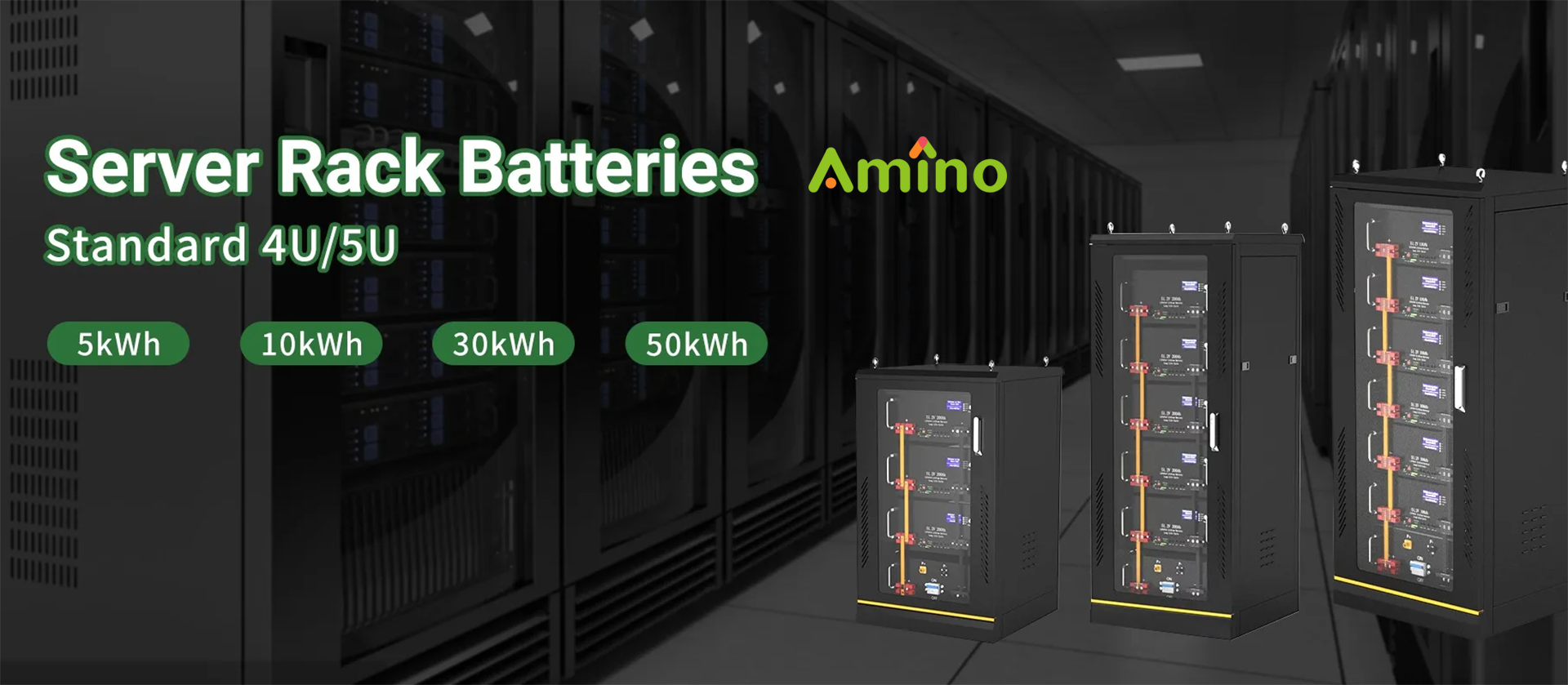The LiFePO4 Batteries is a type of lithium-ion battery that uses lithium iron phosphate (LiFePO4) as the positive electrode material and carbon as the negative electrode material. It has a single cell rated voltage of 3.2V and a charging cut-off voltage of 3.6V~3.65V. During the charging process, some lithium ions in the lithium iron phosphate are released and transferred to the negative electrode through the electrolyte, where they are embedded in the carbon material. At the same time, electrons are released from the positive electrode and flow through the external circuit to the negative electrode, maintaining the balance of the chemical reaction. During the discharging process, lithium ions move from the negative electrode through the electrolyte to the positive electrode, while the negative electrode releases electrons, which flow through the external circuit to the positive electrode, providing energy to the external world.

LiFePO4 Batteries and lithium batteries are currently mainstream types of batteries. LiFePO4 Batteries have good safety performance in high-temperature environments and have a longer service life. On the other hand, lithium batteries have high energy density and efficiency, making them suitable for high-power devices like electric vehicles. The choice of which battery to use should depend on your specific needs. If you need a battery with a long lifespan and low risk of accidents, then LiFePO4 Batteries may be more suitable. If you need a battery with high energy density and efficiency, then lithium batteries may be a better choice. Regardless of the battery you choose, it is important to use and store it correctly, avoiding overcharging or overdischarging, and preventing prolonged exposure to high or low temperatures. Using and storing batteries correctly can extend their lifespan and help prevent battery accidents.

Advantages of Lithium Iron Phosphate (LiFePO4) batteries:
1) Long lifespan: LFP batteries can generally achieve more than 2000 cycles under standard test conditions, and even up to 3500 cycles. Some specific storage batteries can reach 4000-5000 cycles, with a lifespan of 7-8 years under certain conditions.
2) Relatively high safety: The stable crystal structure of LFP batteries ensures that they do not experience structural collapse even in overcharging or high temperature conditions. They can withstand a certain range of overcharge and deep discharge, with a recovery of over 80% even after a deep discharge to 0%, and they do not catch fire or explode when overcharged to 100%.
3) Good high temperature performance: LFP battery materials can withstand temperatures up to 350℃-500℃ without thermal runaway.
4) Lightweight: LFP batteries have a volume that is 2/3 of lead-acid batteries and a weight that is 1/3 of lead-acid batteries with the same capacity.
5) Large individual cell capacity: As a power battery, the capacity of individual LFP cells can range from 2Ah to 1000Ah, which is not achievable by other batteries.
6) No memory effect: LFP batteries can be charged whenever needed without significantly affecting their lifespan or generating irreversible capacity.
7) Relatively low cost: Compared to ternary batteries, LFP batteries have lower production costs, mainly due to the lower prices of their raw materials.
8) Energy-saving and environmentally friendly: LFP batteries do not contain heavy metals and are green, non-toxic, and non-polluting compared to other battery types.

1) Poor low-temperature performance: LFP batteries have poor low-temperature performance due to the relatively poor electronic conductivity and slow lithium-ion diffusion of the LiFePO4 cathode, which can result in polarization and reduced capacity.
2) Likelihood of metallic iron in LFP cathode material: During the sintering process of LiFePO4, iron oxide may be reduced to metallic iron in a highly reducing atmosphere at high temperatures, which can cause microshort circuits in the battery.
3) Relatively low energy density: LFP batteries have a relatively low energy density, with a maximum of not exceeding 200Wh/kg for individual cells and an average range of 120-140Wh/kg for assembled batteries.
4) Relatively high cost of Battery Management System (BMS): Due to the minimal variation in open circuit voltage and state of charge (SOC) of LFP batteries between 30% and 70%, the battery management system needs to adopt other methods to predict the battery's health status, increasing the difficulty and cost of battery management.
LiFePO4 Batteries cells can achieve a 100% deep cycle for up to 5000 times. The theoretical service life can reach 10 years, with a real lifespan of no less than 7 years. The designed annual production capacity is 2 10,000 kWh. Lithium iron phosphate power batteries can cycle for more than 2000 times and standard charging takes 5 hours, achieving up to 2000 cycles.

The main companies involved in the production of LiFePO4 Batteries are Ningde Times, BYD, EVE Energy, Junda Lithium Battery, and Anker. Among them, Ningde Times has the largest production capacity. Amino is a custom manufacturer of lithium batteries established in 2012 and recognized as a national high-tech enterprise. With a team of over 60 researchers, they have successfully completed over 3000 custom projects, delivering lithium battery modules totaling over 120 million. Amino specializes in the development, production, and sales of low-temperature batteries, explosion-proof batteries, power batteries, and energy storage batteries. They also engage in the research and development, production, and sales of 18650 lithium batteries and LiFePO4 Batteries.
LiFePO4 Batteries cannot be charged with regular lithium battery chargers. The nominal voltage of LiFePO4 Batteries is 3.2V, with a charge cutoff voltage of 3.6V. Regular lithium batteries have a nominal voltage of 3.6V, with a charge cutoff voltage of 4.2V. The best and safest charging method for LiFePO4 Batteries is to use the original charger.